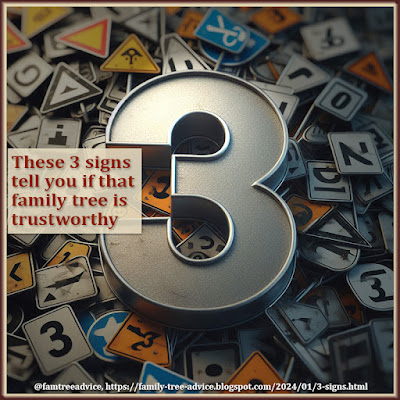Family Tree Analyzer (FTA) is a free and powerful program from Alexander Bisset (see ftanalyzer.com). FTA has so many features that I've written about individual uses for the program many, many times. If you haven't tried it yet, here's a taste of the top 5 ways FTA can improve your family tree.
 |
| Family Tree Analyzer has unlimited abilities, and it's free. |
1. Finding accidental duplicates
Your family tree may have hit a software glitch. You may have clicked the wrong fact type in a menu. Or you may have gotten a little loopy during a late-night genealogy session. No matter what the cause, FTA can find all your accidental duplicates. To create your list, read "Let Family Tree Analyzer Find Your Duplicates Duplicates."
2. Finding missing source citations
Source citations help you as much as they help someone else viewing your family tree. How can you be sure of a fact when you can't remember where you found it? FTA can give you a list of all the unsourced facts in your family tree. You can create a list that ignores certain facts you don't want to source. For instance, I don't add a source for someone's sex.
Now that I've finished an all-consuming genealogy project*, I'm working on my missing citations. To find out how to do this, read "Catch and Fix Your Missing Source Citations."
* I finished my 6th (and possibly last) complete index of every available vital record for my ancestral Italian hometowns. They're free to download at www.forthecousins.com.
3. Finding inconsistencies in your family tree
No matter how long you've been at it, there will be inconsistencies in your family tree. Unless you're working at it day in and day out, you're bound to forget how you recorded a certain type of fact in the past.
I've always been an advocate for consistency. To me, consistency is a sign of good quality control. That's why I investigated some oddities FTA found when it opened my GEDCOM file. You can simply scroll down the Main Lists/Individuals table to spot wording that stands out. Sort by different columns and scroll on through. To find out what to look for, read "It's Time to Make Your Family Tree Clear and Consistent."
4. Finding all kinds of errors
No one wants their work to be messy, but it happens. If you'd like to find and fix your errors, here's a deeper dive for you. Take a look at all you can do by reading "One Report, Endless Possibilities for Improving Your Family Tree."
5. Finding missing details you need to research
Have you ever discovered a new treasure trove of genealogy documents? Nothing could be more exciting! Sometimes we add people and facts so fast that we overlook our mistakes. That's why we need FTA as our safety net. Find out how to use the program to point out all those missing facts by reading "How to Plug the Holes in Your Family Tree."
No matter where you are in your genealogy journey, FTA offers so many ways to improve the value of your family tree. It needs to be in your genealogy toolbox.


